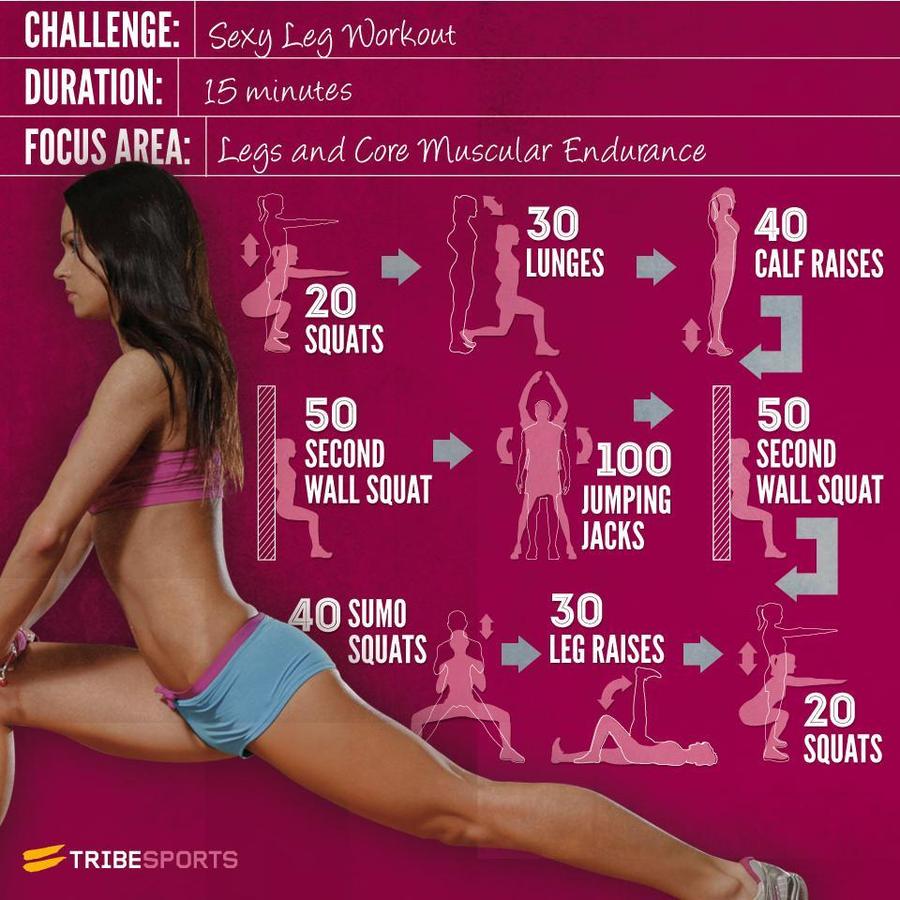14 Weight Training Mistakes | Strength and Power Training
Geege Schuman stashed this in Fitness
Stashed in: #health, Fitspo, Change, Goals!, Awesome, Your doing it wrong., Stronger!, Best of Pinterest
To gain strength and push your body hard enough to burn fat, you need to lift heavier weight and perform fewer reps. “You won’t get huge and bulky—that’s a common myth,” says Ben Bergeron, owner of CrossFit New England in Natick, Massachusetts, “but training this way will make you stronger and leaner.”
Lift no more than five reps. Bergeron says to start with slightly heavier weights than you’ve been using to do 8-12 reps. “The fifth rep should be very slow and difficult to lift,” he says. “Each time you go to the gym, try increasing the weight a little more.”
Do exercises that employ multiple muscles at once.
Bergeron says squatting, which works everything from your legs to your shoulders, is a great place to start.
Bergeron says to make your goals SMART: specific, measurable, attainable, relevant, and time-bound. If your goal is to do 20 pull-ups, figure out how many you can do now, set a specific date for achieving that goal, and implement a plan that will help you achieve it. When the date rolls around, re-test yourself. If you’ve made it, set a new goal.
Get more sleep.
If you simply can’t get more sleep, try hitting the gym when you’re most awake. If that’s first thing in the morning, go then. Lunchtime? Grab a sandwich on your way back to work. If going to the gym when you’re most awake just doesn’t work with the rest of your schedule, grab some caffeine. Several studies have found that around 100 milligrams of caffeine (a cup of coffee) will perk you up and improve your strength.
“In the real world you don’t do anything sitting down,” says Rob Shaul, the owner of Mountain Athlete in Jackson Hole, Wyoming. “You need to get out of the chair and do things that emulate real-life activities.”
Use barbells and dumbbells. “Free weight training is more athletic, engages the core, is more functional, yields better gains, and is simply more interesting and fun,” says Shaul.
The thing humans do more than anything else? Pick things up. The deadlift trains that movement so that you prevent injury when, say, you go to grab your kid when he or she is about to grab that electrical socket. Or when you want to impress someone by picking up a heavy box.
“We do a Romanian deadlift because we find it saves backs and works hamstrings better,” says Shaul. “Studies have found that people who do this lift have fewer lower back issues.”
All the recommendations in the article are great. I highly encourage everyone to make heavy lifting a regular exercise. Being physically strong is a wonderful gift. Both my wife and I lift. Admittedly it took me a long time to convince her, because she was worried about being less sexy with muscles. But now she wants a power rack at home.
I follow a program called 531 by Jim Wendler (http://www.jimwendler.com/), which I highly recommend. For those of more delicate sensibilities try not to be put off by Wendler's heavy metal image. He practices what he preaches, and his program is one of the best out there. One thing I do want to emphasize, which isn't mentioned strongly enough in the article above is how important learning proper form and technique is before moving to really heavy weight. While it is true that injuries during weight training are less common than those that occur during team sports, you do need to educate yourself. Developing good habits in the beginning is the best way to start. Starting Strength by Mark Rippetoe (http://startingstrength.com/index.php/site/videos) is probably the best resource for learning proper form on the big lifts. Once your form is solid the only other caution I have is to be aware that your weakest link won't be your muscles, but your connective tissue. Ligaments and tendons take a lot longer to strengthen than muscles. They also take a lot longer to heal when injured. But if you read and follow all of Rippetoe's guidelines you should be fine.






















12:06 PM Nov 18 2013